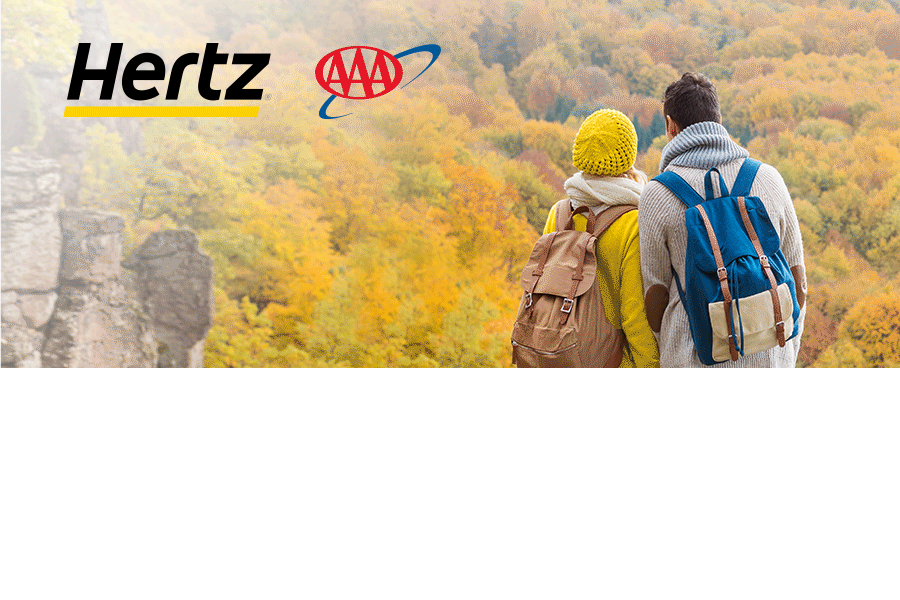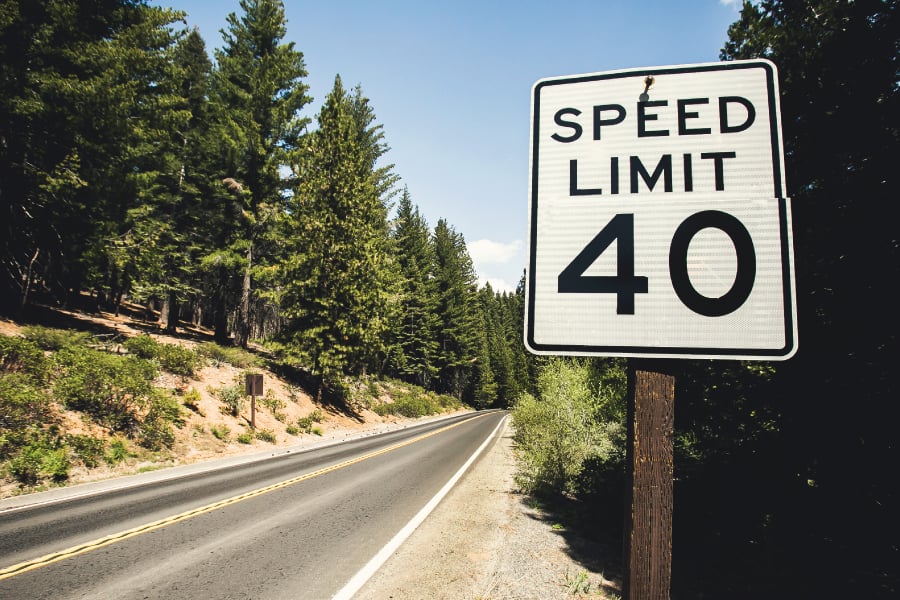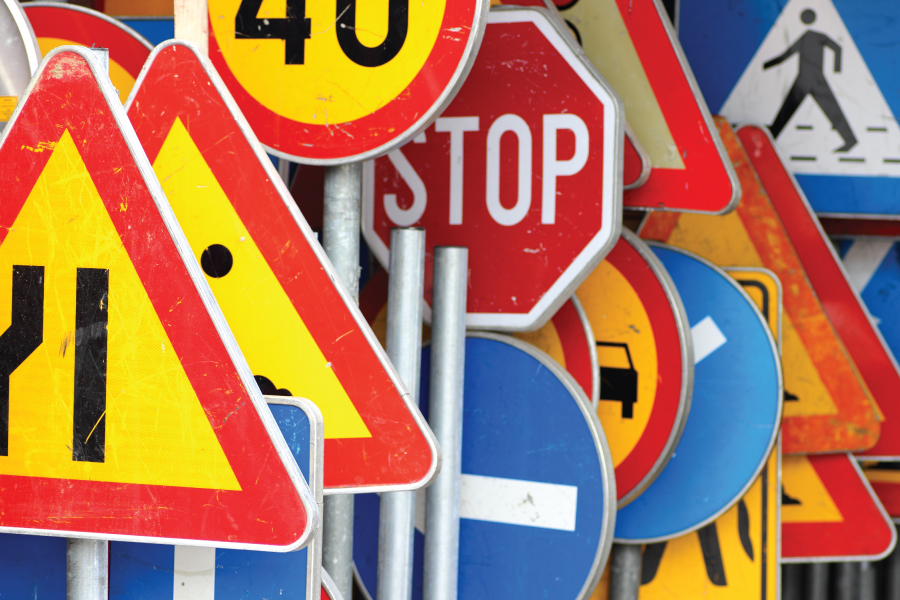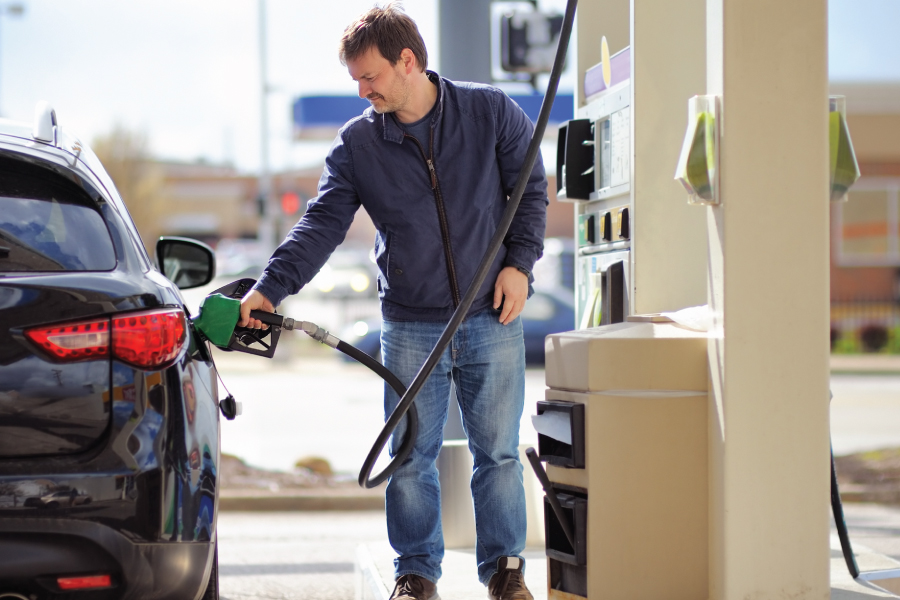School’s (Almost) Open – Drive Carefully!
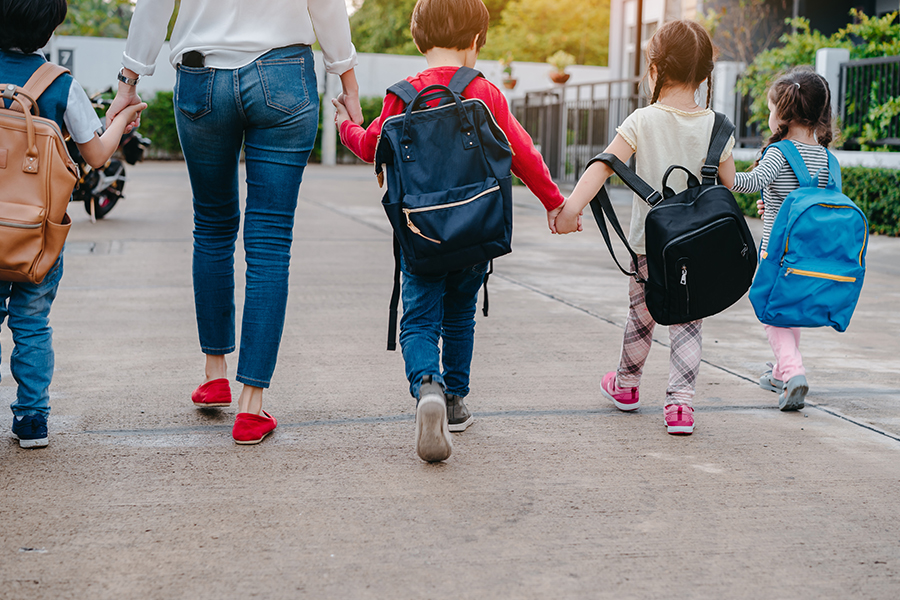
More than 56 million children across the country will be heading back to school in the next month, and at least 13 percent of them will be walking or biking. AAA urges motorists to slow down and stay alert in neighborhoods and school zones, and to be especially vigilant for pedestrians during before- and after-school hours. The afternoon hours are particularly dangerous for walking children – over the last decade, nearly one-third of child pedestrian fatalities occurred between 3 and 7 p.m.
AAA offers tips to keep kids safe this school year:
- Slow down. Speed limits in school zones are reduced for a reason. A pedestrian struck by a vehicle traveling 25 mph is nearly two-thirds less likely to be killed compared to a pedestrian struck by a vehicle traveling just 10 mph faster. A difference between 25 mph and 35 mph can save a life.
- Eliminate distractions. Children often cross the road unexpectedly and may emerge suddenly between two parked cars. Research shows that taking your eyes off the road for just two seconds doubles your chances of crashing.
- Reverse responsibly. Every vehicle has blind spots. Check for children on the sidewalk, driveway and around your vehicle before slowly backing up. Teach your children to never play in, under or around vehicles—even those that are parked.
- Talk to your teen. Car crashes are the leading cause of death for teens in the United States, and more than one-quarter of fatal crashes involving teen drivers occur during the after-school hours of 3 to 7 p.m. Get evidence-based guidance and tips at TeenDriving.AAA.com.
- Come to a complete stop. Research shows that more than one-third of drivers roll through stop signs in school zones or neighborhoods. Always come to a complete stop, checking carefully for children on sidewalks and in crosswalks before proceeding.
- Watch for bicycles. Children on bikes are often inexperienced, unsteady and unpredictable. Slow down and allow at least three feet of passing distance between your vehicle and the bicycle. If your child rides a bicycle to school, require that they wear a properly fitted bicycle helmet on every ride. Find videos, expert advice and safety tips at ShareTheRoad.AAA.com.
For parents with children walking or biking to school, AAA offers the following advice:
- Discuss the safest route to and from school or the school bus stop.
- Map out the route you help your children select.
- Talk about why it is safer to cross at some corners rather than others - and to always use crosswalks.
- Walk along with your children on the safest route you've helped them select, so they may become familiar with it.
- Discuss the meanings of the traffic signals and markings along the route to school or the school bus stop.
- Help your children understand how important it is to cooperate with police, AAA School Safety Patrols and adult crossing guards.
- Teach your children to stop, listen, and look for approaching and turning vehicles, especially those turning right on red.
- Stress the importance of allowing enough time to cross the street safely.
- Make sure your children understand they must walk, not run, across the street - and continue to look for vehicles.
- If your children have a good understanding of left and right, introduce the concept of looking left-right-left before crossing.
- Encourage and praise your children for following guidelines for safe walking every day.
- Above all, set a good example for your children - their actions and attitudes are modeled after yours!
For more safety tips, visit AAA.com.

